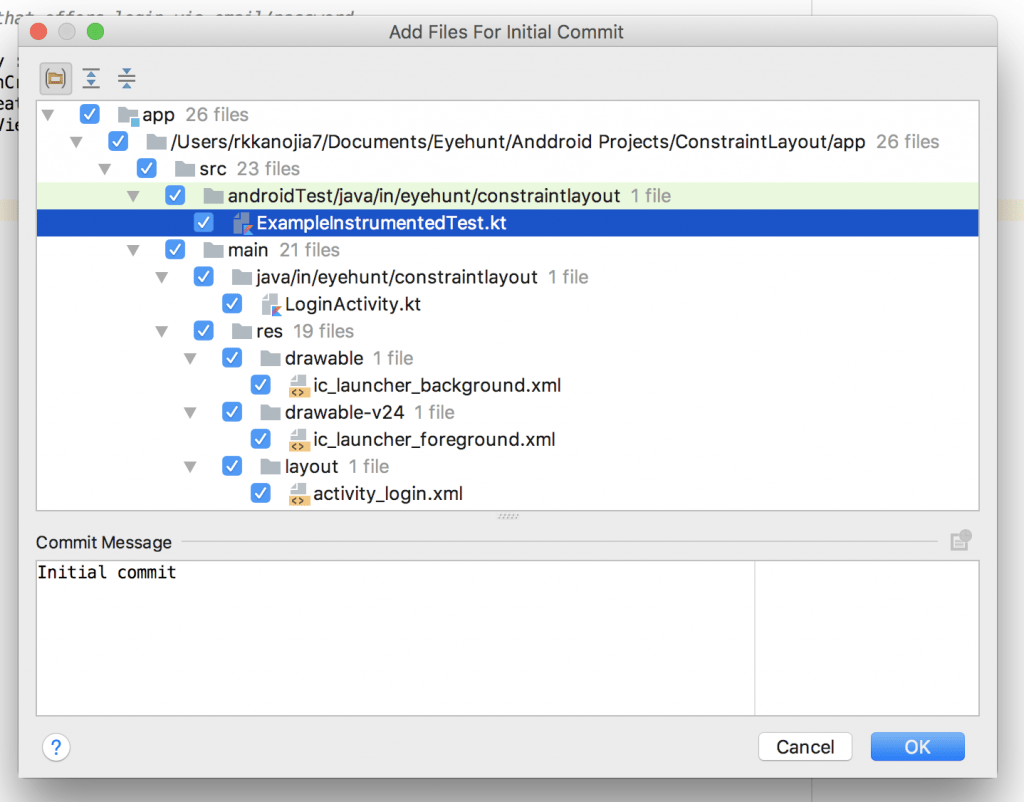

This step is very important, as the newly set variable will not reflect otherwise. Step 5: Close the existing command window.

In most cases, only one variable should suffice, but why to take risk? Remember to point JAVA_HOME and JDK_HOME to the valid JAVA installation path. All you need to do is, set the JAVA_HOME and JDK_HOME environment variables by following the steps mentioned in this guide. Step 4: So, it is clear that Android studio is not able to read the JDK location. If the JAVA environment variables are not set properly, then you should get an error message as below. Step 3: Type ‘ studio.bat‘ and hit enter.

cd "c:\\Program Files (x86)\\Android\\android-studio\\bin" Step 2: Now change the directory to the Android studio installation. Step 1: Open the command window by typing ‘ cmd‘ in the Start menu search box. For instance, after the successful installation, if you find the application doesn’t seem to respond or open at all, then the reason might be due to missing JAVA_HOME environment variables. If you have downloaded and installed the new Android studio and struggled to launch it for the first time, then here’s the solution for it. You add remotes in the same way that you would push an existing folder, except instead of adding the “origin” remote, you give it a different name.Everyone might be aware Google launched its new Android Studio based on IntelliJ IDEA, which is similar to Eclipse with the ADT Plugin, that provides integrated Android developer tools for development and debugging. Using git this way is actually quite simple. Whenever you want to update your servers, you can push the changes from your primary source control to CodeCommit to start the deployment pipeline. However, with multiple remotes, you can easily push code to a second repository. So, you’re stuck with a dilemma-use CodeCommit as your default git solution, or build your automated code deployment pipeline yourself. However, CodeCommit is pretty clunky compared to more focused git providers like GitHub, GitLab, and BitBucket, and doesn’t have the same CI/CD integrations that make those providers great. It’s a hosted git repository, and has many integrations with their EC2 compute platform, enabling for automated code deployments to your servers, directly from source control. Why would you want two remotes? Well, a good use case is AWS’s CodeCommit. If you have multiple remotes, they’ll show up here, too.īut just because origin is the default remote, it doesn’t mean you’re limited to one. This will probably display the URL of your main repository on GitHub or whatever service you’re using.


 0 kommentar(er)
0 kommentar(er)
